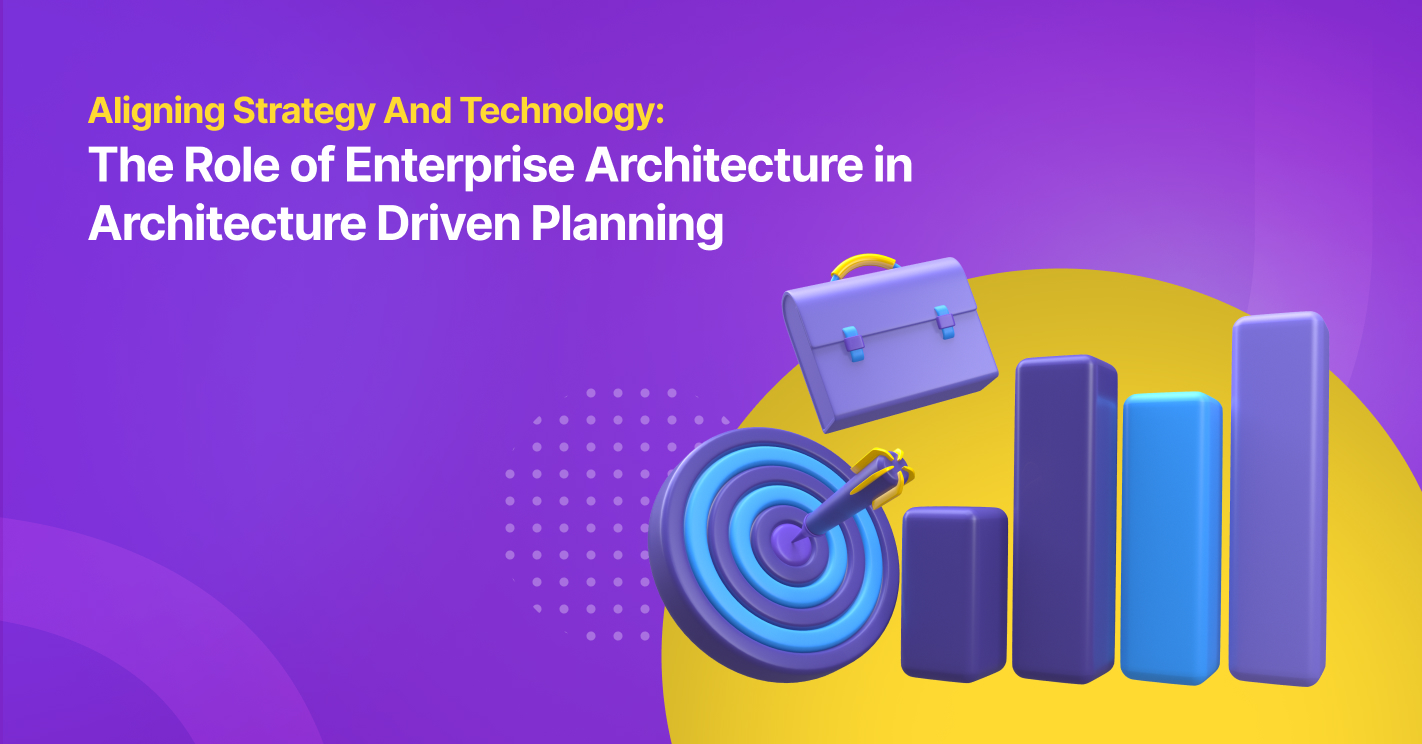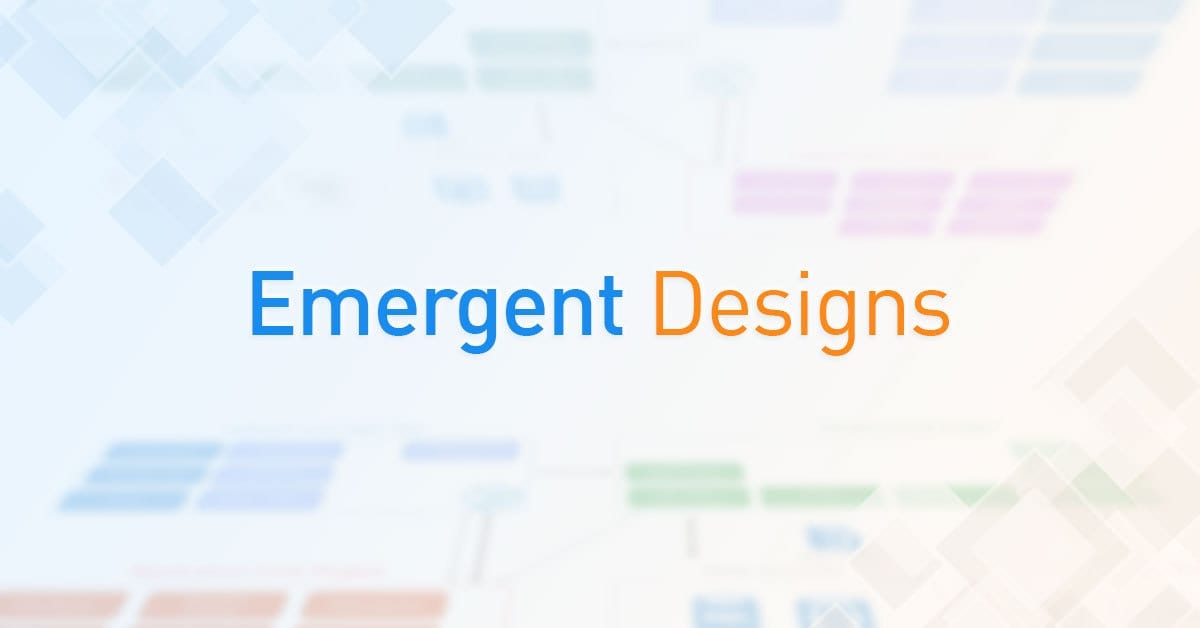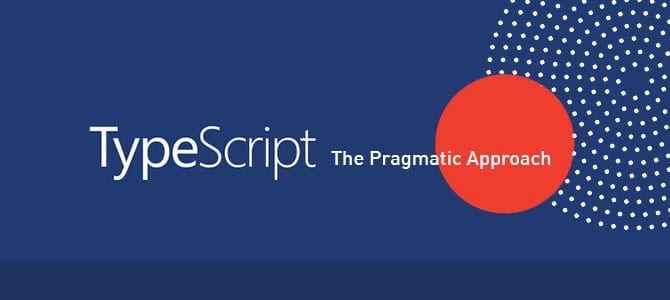Introduction
Enterprise Architecture (EA) is a strategic, holistic approach to designing and managing an organization’s IT infrastructure, aligning it closely with business goals and processes. It serves as a blueprint to systematically address and integrate business needs, information flows, applications, and technological infrastructures.
Traditional IT planning often struggles with misalignment between business strategies and IT initiatives, resulting in inefficiencies, limited adaptability, and project failures risk.
To overcome these challenges, Architecture Driven Planning (ADP) emerges as a pivotal approach, leveraging the principles of EA to foster cohesive and responsive IT planning.
Why Architecture Driven Planning?
- Improved Alignment Between Business Strategy and IT Initiatives
ADP ensures that IT initiatives are directly linked to business goals. By defining clear business processes, capabilities, and objectives, organizations can create IT systems that genuinely support and enhance their strategic aims. This alignment boosts operational efficiency and competitiveness by ensuring that every IT investment contributes to broader business success.
- Reduced Risk of IT Project Failures
Traditional IT projects often require improvement due to unclear objectives, poor planning, and misaligned priorities. ADP mitigates these risks by providing a structured framework for planning and executing IT projects. Using EA principles, organizations can anticipate potential pitfalls, establish clearer project scopes, and develop more robust risk management strategies.
- Increased Agility and Adaptability
The ability to adapt quickly is crucial in a rapidly changing business environment. ADP facilitates this by creating a flexible architecture that can evolve with business needs. Organizations can quickly adapt to market changes, technological advancements, and emerging opportunities by continuously aligning and reassessing business and IT strategies.
- Optimized Resource Allocation and Cost Savings
Ensuring effective resource allocation is a significant advantage of using ADP. Understanding and documenting the interdependencies between business processes, information flows, and IT systems allow organizations to allocate resources more effectively, avoiding redundancy and minimizing waste. This strategic approach leads to significant cost savings and ensures that investments are directed towards the most impactful areas.
How Enterprise Architecture Enables Architecture Driven Planning
- Business Architecture
At the heart of EA, business architecture defines and documents business processes, capabilities, and objectives. This fundamental layer ensures that it designs IT initiatives to support and improve business operations, offering a clear path for aligning IT with business strategies.
- Information Architecture
Information architecture ensures that the right data is available to the right people at the right time, aligning information needs with business processes. This alignment is essential for making well-informed business decisions, streamlining processes, and improving overall efficiency.
- Application Architecture
Designing application architecture involves creating a set of applications that cater to business needs. Through strategic planning and management of the application landscape, organizations can ensure that their software solutions are seamlessly integrated, scalable, and adept at meeting evolving business demands.
- Technology Architecture
Technology architecture focuses on selecting and integrating the appropriate technological infrastructure, including hardware, software, networks, and other IT components that support business operations. A well-designed technology architecture ensures the organization has a robust, scalable, and secure IT foundation.
- EA Tools and Frameworks Use
EA tools and frameworks are critical in documenting, communicating, and governing the architecture. These tools provide a structured approach to capturing and managing the various components of EA, facilitating better collaboration, decision-making, and governance across the organization.
Challenges and Considerations
- Buy-In Gain from Stakeholders
One of the significant challenges in implementing ADP is gaining buy-in from stakeholders across the organization. It requires a cultural shift and a commitment to integrating EA principles into everyday business operations. Clear communication of ADP’s benefits and strategic value is essential for securing stakeholder support.
- Maintaining the Currency and Relevance of the Enterprise Architecture
EA must evolve with the organization to remain effective. This requires continuous updates and reassessments to ensure that the architecture remains aligned with current business strategies, technologies, and market conditions.
- Balancing Standardization with Flexibility
While standardization can drive efficiency and consistency, it is also important to maintain flexibility to accommodate specific business needs and innovations. Striking the right balance between standardization and flexibility is crucial for the success of ADP.
Conclusion
Architecture Driven Planning, enabled by robust Enterprise Architecture, offers a transformative approach to IT planning. By improving alignment between business strategies and IT initiatives, reducing project risks, enhancing agility, and optimizing resources, ADP provides a strategic framework for achieving business success. Organizations looking to implement ADP should focus on securing stakeholder buy-in, continuously updating their EA, and balancing standardization with flexibility. Embracing ADP can position organizations to better navigate the complexities of the modern business environment and drive sustained growth and innovation.
Partner with Mitrais Today!
Mitrais assists organizations in developing robust EA frameworks tailored to their unique business requirements, enabling agility, scalability, and resilience in the face of evolving challenges. Leveraging Mitrais’ expertise streamlines workflows, automates processes, and implements proactive strategies, thereby enhancing operational efficiency and reducing costs.
Mitrais is a trusted partner and advisor for organizations seeking to harness the synergies between ADP and Enterprise Architecture, delivering holistic solutions that drive value, mitigate risks, and foster continuous improvement.
To learn more about Mitrais’ Enterprise Architecture solutions and how they can help your organization unlock its full potential, contact us today!











